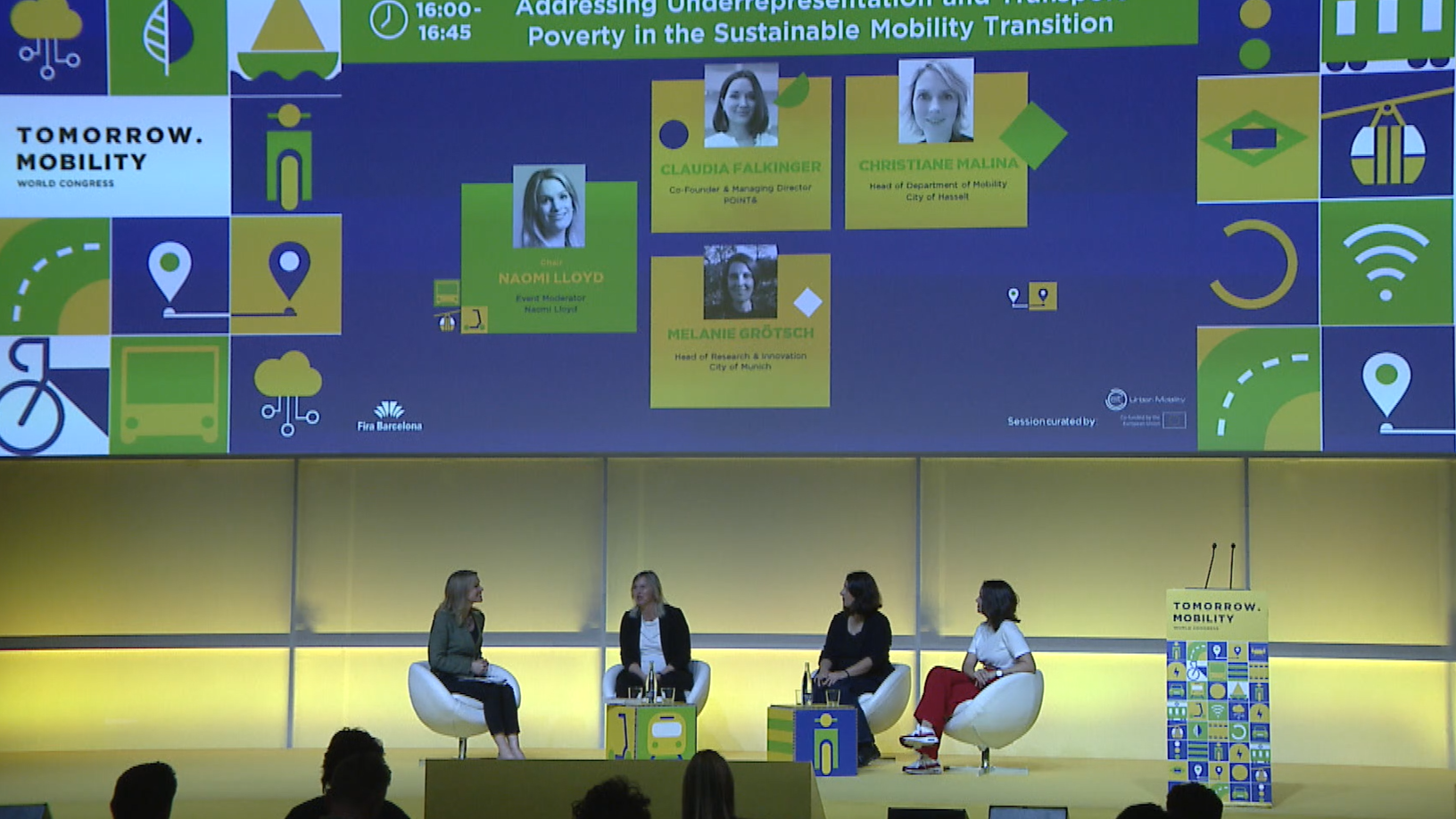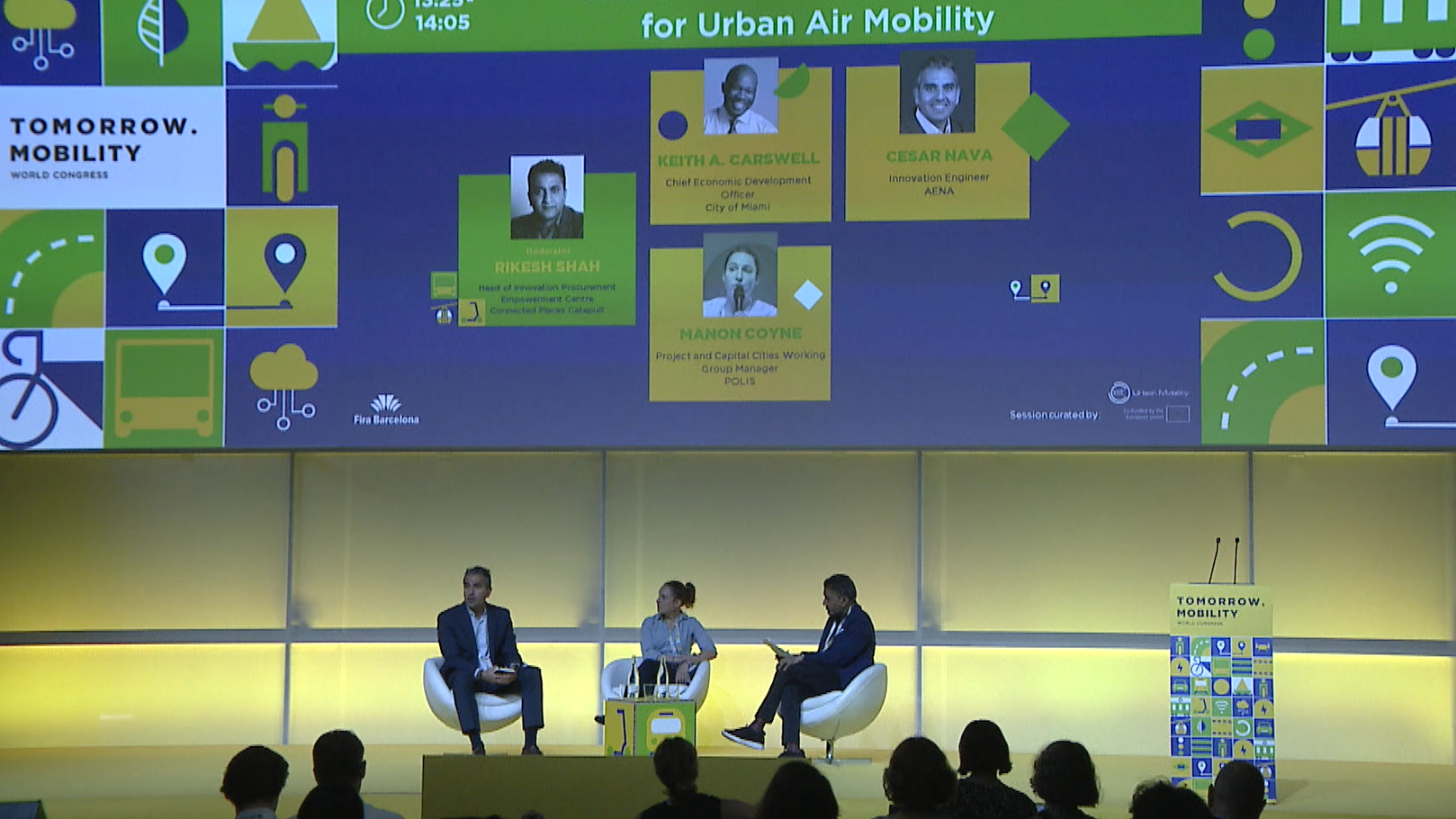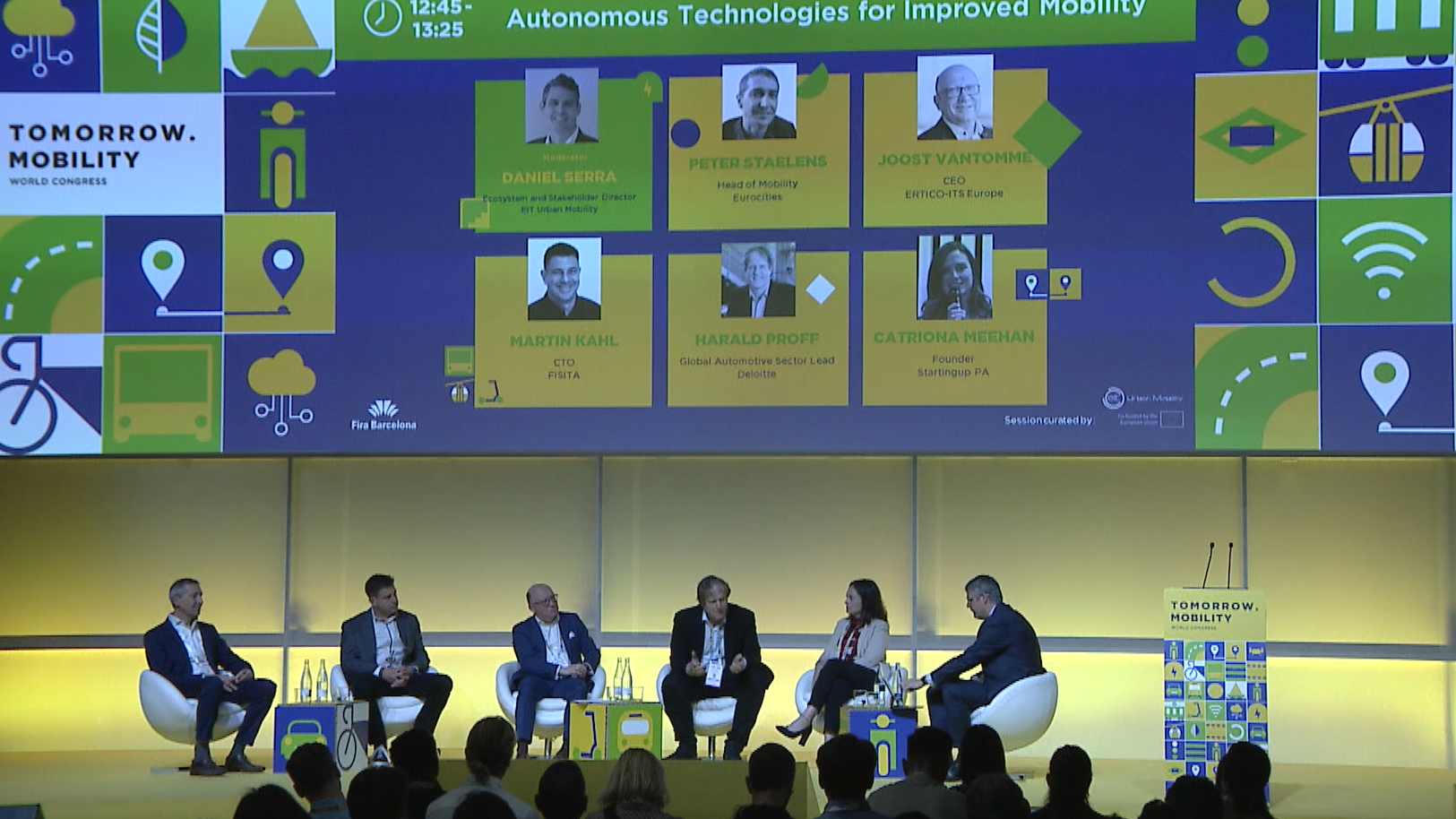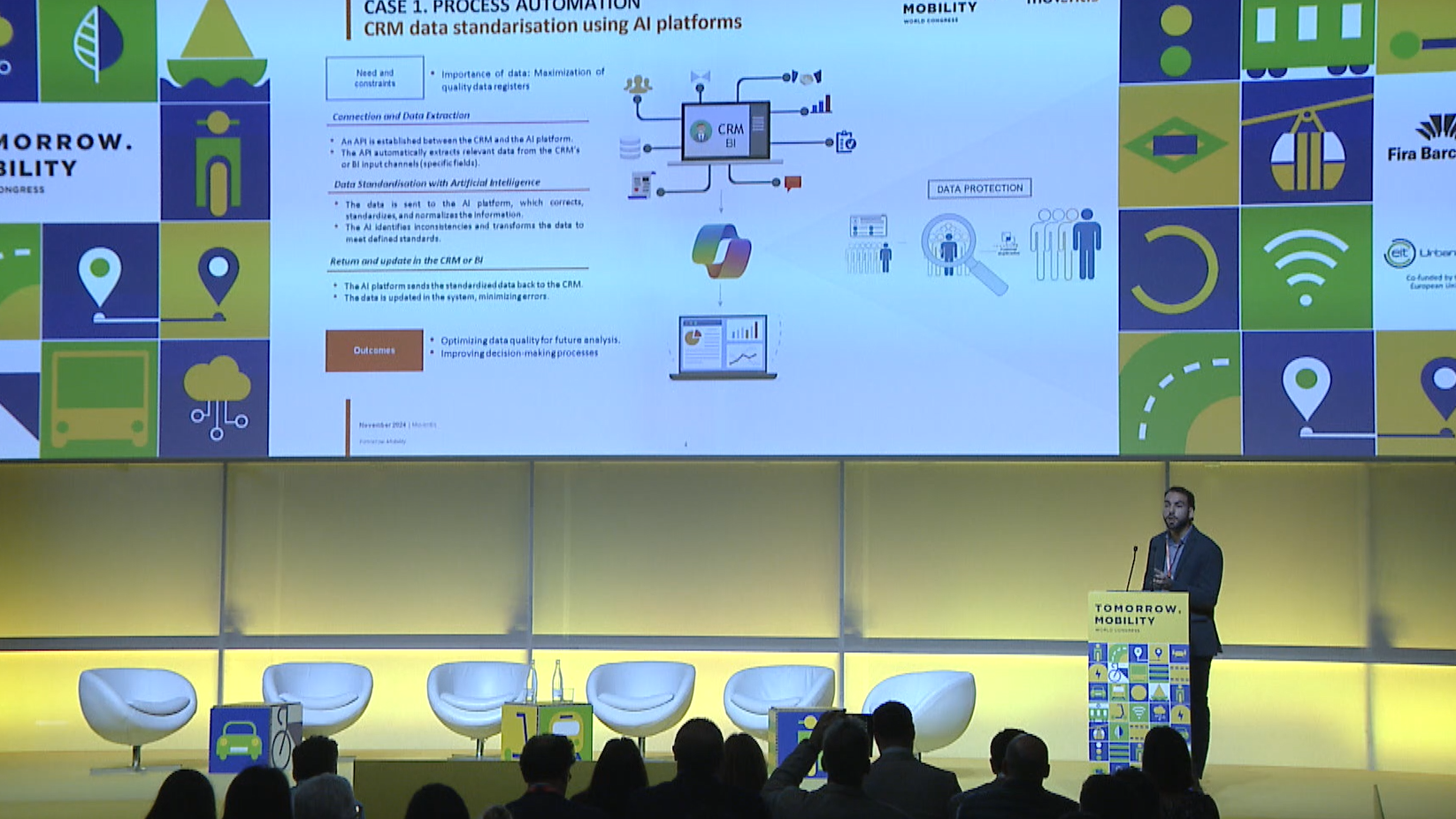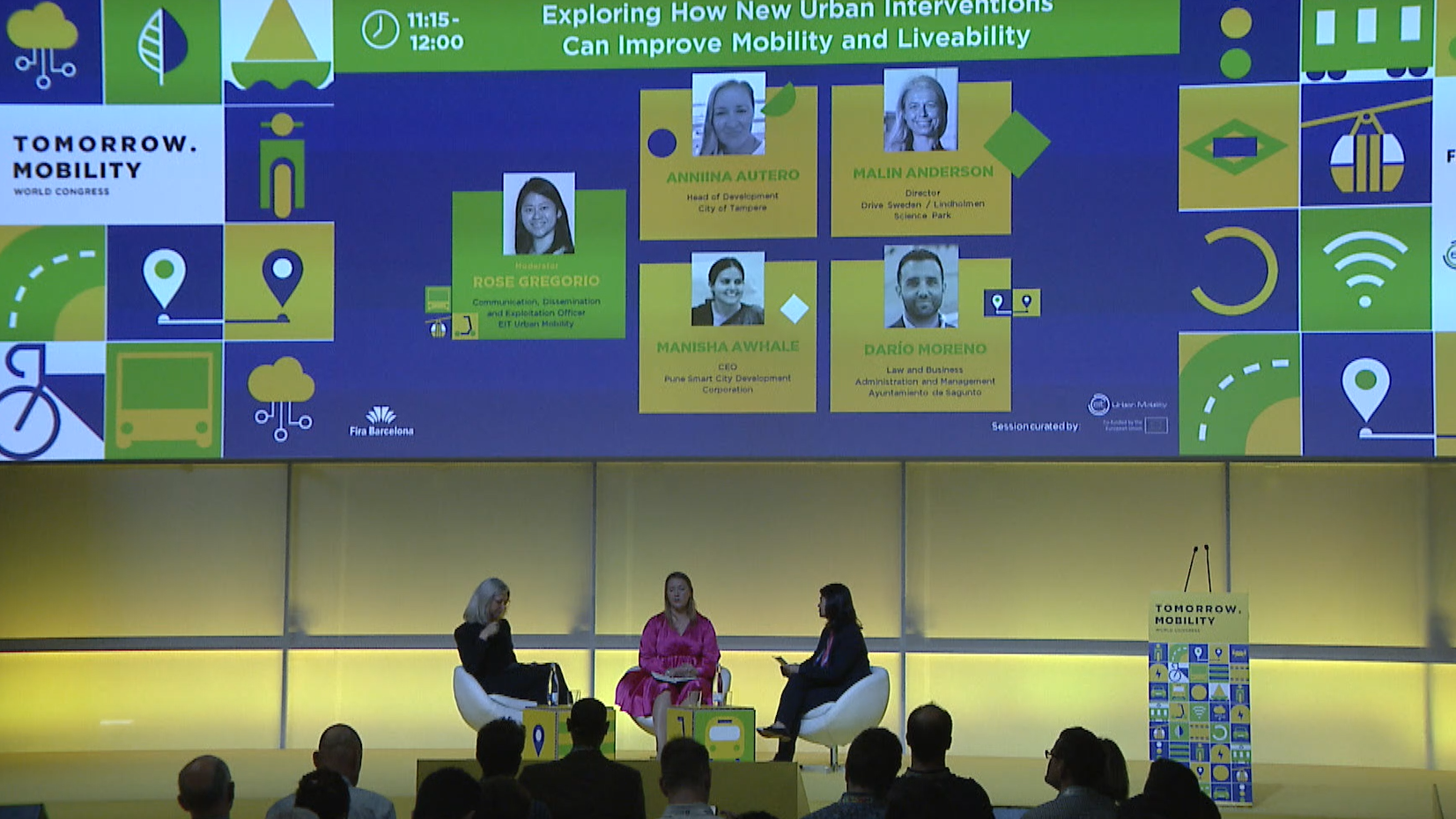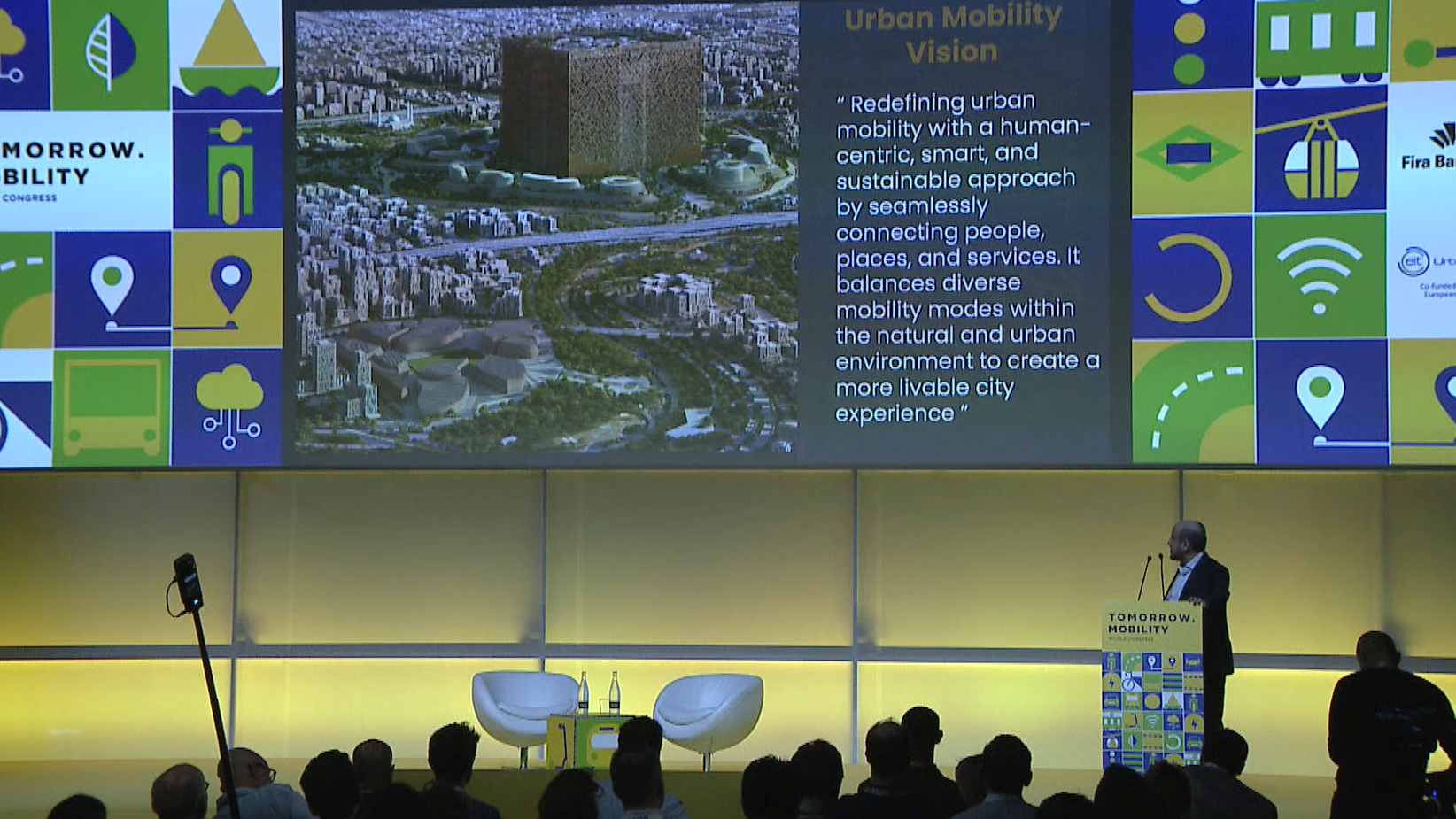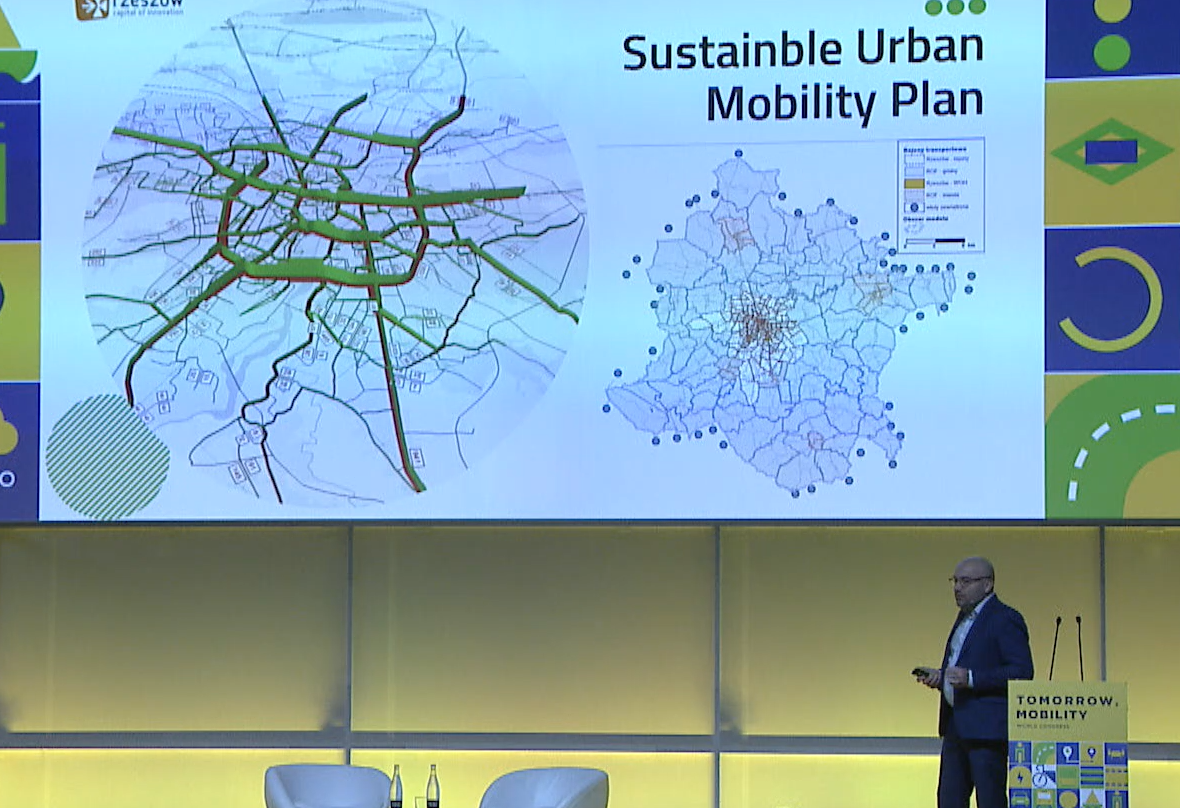
How can mobility providers avoid running empty or near-empty buses through rural areas but still provide public transport for the people who live or work there? And how can cities avoid private car usage during times where public transport availability is low?
Demand responsive transport, a relatively niche share of the mobility industry, could provide solutions to these common issues. Demand responsive transport (DRT) is a mode of transportation defined by its responsiveness to passenger demand. Or, to put it another way, DRT can be thought of as a mix between a bus and a taxi, in that it is characterised by flexible routing and scheduling that reacts dynamically to requests from passengers.
MORE INFO: EIT Urban Mobility
IMAGES FROM: TMB’s archive, photo by Pep Herrero, TMB’s photographer







































